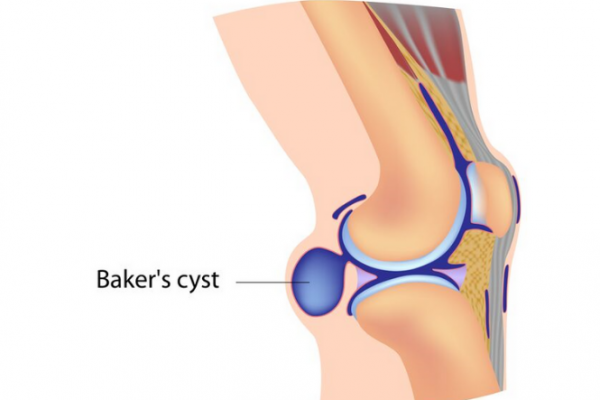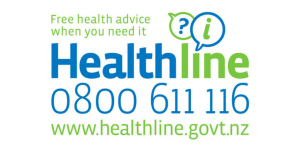Wishing everyone happy holidays and a joyful New Year from the Healthify team. Don't forget to Slip, Slop, Slap and Wrap!
Baker's cyst
Also known as a popliteal cyst
Key points about Baker’s cyst
- A Baker’s cyst is a fluid-filled swelling that can develop behind your knee. It's usually caused by a problem in your knee, such as arthritis or a cartilage tear.
- It is more common in women and usually develops in people over the age of 40.
- Symptoms include tightness or swelling behind your knee, pain around your knee and trouble bending your knee.
- If you have no symptoms or only mild symptoms, you can take pain relief medicine and won't need any further treatment. The cyst will usually go away by itself.
- If you have ongoing pain or trouble using your knee due to the swelling, there are treatments available.
- The content on this page comes from HealthInfo(external link).

A Baker’s cyst is a fluid-filled swelling that can develop behind your knee. It's usually caused by a problem in your knee, such as arthritis or a cartilage tear. With these conditions your knee can make too much fluid (synovial fluid) which then collects behind your knee.
Baker’s cysts are more common in women and usually develop in people over the age of 40. Rarely, children and younger people with a healthy knee can get a Baker’s cyst.
Symptoms of a Baker's cyst include:
- tightness or swelling behind your knee
- pain around your knee
- trouble bending your knee.
Rarely, a Baker's cyst can burst causing severe pain, swelling and redness in your calf.

Image credit: Corporate+
If you have a swollen knee, your healthcare provider may be able to diagnose a Baker's cyst from hearing what your symptoms are and examining your knee. If your healthcare provider wants to rule out another cause for the swelling, you may need an ultrasound scan or MRI of your knee.
If your cyst has ruptured, you may need tests to rule out a deep vein thrombosis (DVT) as the symptoms are the same.
Simple pain relief such as paracetamol and non-steroidal anti-inflammatories such as ibuprofen can be useful.
The 4 steps to do to help your knee are:
- Move – Move gently in directions that don't hurt. Don't keep the knee too still. You may need crutches for a few days.
- Ice – Apply an ice pack (or crushed ice in a damp towel moulded over your knee) for 10 to 20 minutes at a time in the first 24 to 48 hours.
- Compression – Wear a support bandage or compression stocking for a few days. Take it off at night and put it back on the next day to prevent it being uncomfortable. It reduces swelling and provides support.
- Elevation – Keep your leg raised when you're sitting down, support it with a cushion.
What not to do
- Heat – Don't apply heat in the first couple of days.
- Alcohol – Don't drink alcohol as it increases swelling.
- Run – Don't run or exercise too soon as it can make it worse.
- Massage – Don't massage the are as it will increase swelling and bleeding.
If you have no symptoms or only mild symptoms, you won't need any further treatment. The cyst will usually go away by itself.
If you have ongoing pain or trouble using your knee due to the swelling, options include the following:
- Treating any underlying knee problem. This may include a corticosteroid injection into your knee to reduce inflammation from arthritis or surgery to repair cartilage damage.
- Draining of the fluid through a needle sometimes followed by corticosteroid injection(external link) into the cyst. The cyst can reform after this treatment.
- Surgery – very rarely surgery is used remove the Baker’s cyst. This is only considered if the cyst is very large and painful and other treatments haven’t worked.
Baker's Cyst(external link) Patient Info, UK, 2023
Credits: Content shared between HealthInfo Canterbury, KidsHealth and Healthify He Puna Waiora as part of a National Health Content Hub Collaborative.
Last reviewed:





